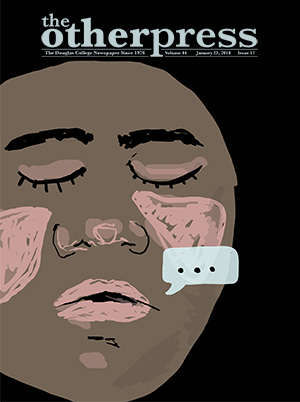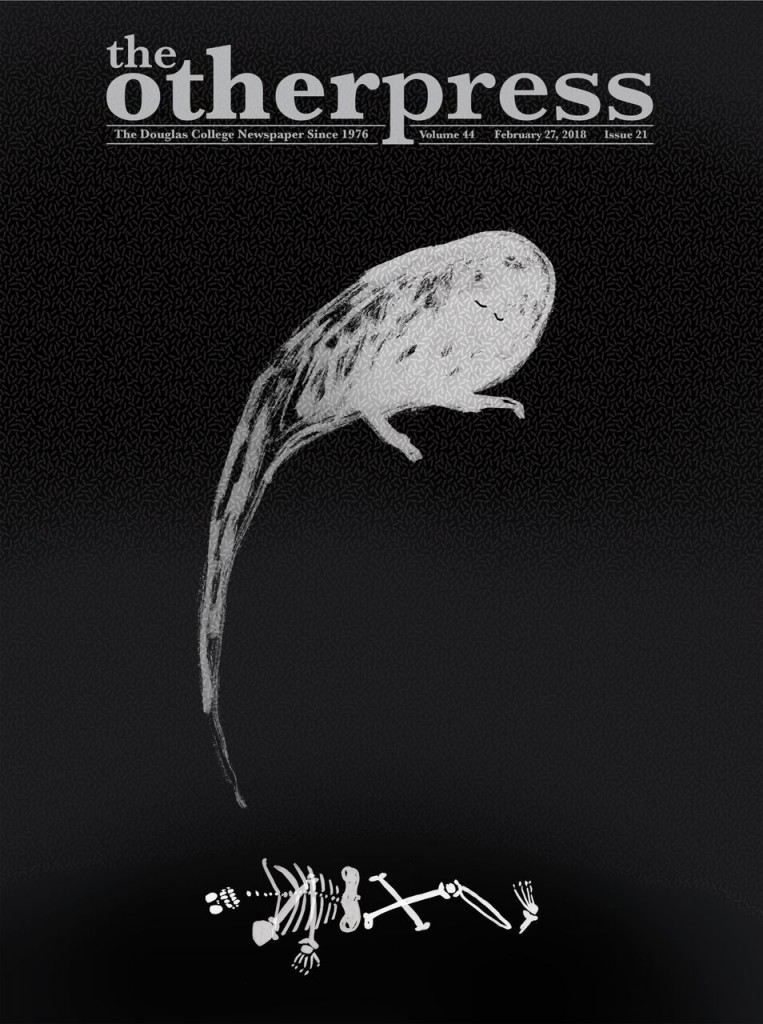
It’s often not as easy as just picking up the phone
By Rebecca Peterson, Assistant Editor
Content warning on this article for mentions of suicide and mental illness.
Living with mental illness means that you constantly have to count and maintain your lifelines and safety nets for those moments when your brain starts to fail you. Knowing exactly who you can call and when is not unlike carrying an EpiPen around in case of an anaphylactic attack. I should know; as someone with a deadly allergy to peanuts and a severe mental illness, I keep an EpiPen in my bag and a list of options in my phone: Friends, family, and, for harder times, crisis hotlines.
I’ve used such services once or twice before, and while the hotlines haven’t exactly solved my situations in the past, they’ve offered a bandage of sorts until I can find something better, and they have helped me assess whether or not I’m safe to stay at home, or if I require further help—which is really what they’re there for; they provide an intermediate step. I’ve also seen lists of crisis hotline services that include text and online chat options, which I found encouraging in the past, knowing that if I was in a place where I couldn’t speak freely or if I’d gone nonverbal—as my mental illness sometimes causes me to do—I’d be able to access the help I needed regardless.
Two weeks ago, I was in such a position, and I was deeply disturbed when I discovered firsthand the limit of text and online services.
Calling and talking about the severe suicide ideation episode I was experiencing wasn’t an option in my hotel room, where the walls were thin and I could perfectly hear the conversations taking place between my neighbours next door and across the hall. I was in another city, far from family, in another time zone even, and there are conversations that are far easier to have with strangers than with loved ones. Remembering those online text and chat options, I set about looking for the services I was sure would be there to help someone in my position.
At midnight on a Friday, a lonely time for many people who might have had a long, hard, and draining week, I was utterly unable to find the kind of service I so desperately needed at the time.
Many of the chat services were region-blocked, only operated from 3 p.m. to 9 p.m. on weekdays, or were only available for youths under 21—the list of restrictions goes on and on. When I finally found a chat that seemed open, I waited for half an hour, watching the spinning “loading” wheel indicating that a counsellor would be available to talk soon, just a few minutes… just a few more minutes…
It wasn’t just frustrating. It wasn’t just lonely. It was dangerous.
Luckily, I balanced my medication better the next day, and have since recovered. One of the few benefits to a chronic mental illness is experience; you learn the ebbs and flows of mood and mental failings and how to manage the fallout from such episodes. However, my unease at realizing the safety lines I thought existed were not as secure as I thought they were has yet to leave me.
I discussed this Cara Seccafien, one of our artists and layout designers for the paper, and they also pointed out the people this lack of accessibility might be affecting.
“This is so real, [especially] for folks who are being abused by those who live in their homes,” they said. “Or if you’re in the closet and don’t want people hearing you talk about being gay or trans, or if you have social anxiety, or you’re deaf, or hard-of-hearing, or mute, or you don’t have a phone because you’re poor.”
“Or if you’re in public. You can’t just talk about suicide ideation on the SkyTrain,” I added, thinking of my own experience.
Campaigns to bring light to mental illness and to reach out to those who suffer in silence often put emphasis on the importance of communication. In one particularly stark public awareness campaign that was plastered on the advertisement boards of public transit for a while, a figure in shadows blows smoke from the top of a silencing finger, hand shaped like a gun. “Silence kills,” the caption reads, adding “Speak up. Help prevent suicide today.”
The campaign was funded by the Josh Platzer society, founded by Jude Platzer in 2001 after the loss of her son to suicide. The website—teensuicideprevention.org—is clearly geared for younger people, who are often the most at risk. It cites four numbers to call in a crisis: Kid’s Help Phone, the 24Hr Distress Line, 1-800-SUICIDE, and 911. There are no chat options available.
There are certainly reasons for why crisis centres may prefer a hotline to a chat service. Many crisis calls are a delicate balancing act of trying to say the right thing to persuade someone in distress to find help, or accept help found for them. It’s impossible to judge certain aspects, such as tone of voice, over a messaging service. However, while it adds a level of uncertainty for those on the helping end of the chat, that added security of anonymity could help people open up to deeper pains and fears. How often have we revealed parts of ourselves to our friends through instant messaging and texting?
While the government-funded resources and organizations certainly leave something wanting in terms of chat accessibility—as with many things these days, there is an app for that. Sites and phone apps such as 7 Cups of Tea and BlahTherapy offer anonymous chatlines for venting, with a dedicated listener on the other end. As this is a peer-counselling style of crisis intervention, there is some question regarding the training and wellbeing of those on the other side of the conversation. 7 Cups of Tea seems to vet their peer counsellors with an online training course on active listening and direct intervention—knowing when to refer someone to a licensed therapist, for example—however, BlahTherapy offers a choice of speaking with untrained “strangers,” or paying a fee to contact a professional counsellor or therapist through their services. While these initiatives seem to be successful and have certainly helped many people find the help they need, I can’t help but find it absolutely wild that we’ve gotten to a point where we’re essentially crowdsourcing crisis intervention.
When it comes to suicide, the numbers are staggering. According to 2014 statistics from the World Health Organization, suicide is the second leading cause of death among 15 to 29-year olds globally. The Canadian Association of Suicide Prevention states that we lose approximately 11 Canadians to suicide every day, and the Mental Health Commission of Canada further states that among those 11, 90% will have a known history of mental illness. The BC Coroner’s Report from 2014 states that the suicide rates in our province sit at approximately 500 each year. I’ve lost two friends to suicide, so those numbers are very real to me.
“Why didn’t they say anything?” people seem to ask. “Why didn’t they reach out, before it was too late?”
It is not a malicious oversight on the part of those funding crisis intervention initiatives. While there is something to be said for the lack of government support when it comes to mental health care in our province and in our country at large, there have been drives and campaigns to change the numbers, to lower the amount of lives lost to suicide every year. However, I think it comes down to a fundamental disconnect; young people are most at risk. Young people have grown up relying on a very different method of communication compared to previous generations. Young people need crisis intervention initiatives that reflect their realities, that take into account people who fall through the cracks of our current systems.
Young people need to know that they have safety nets and lines of communication that they can rely on, no matter where they are, who they are, and what they might be facing.
YouthInBC.Com
Offers online chat between 12 p.m. and 1 a.m. in BC and the Yukon.
24/7/365 Crisis Hotline
Text: “ANSWER” to 839836. Standard messaging and data rates apply.
7cups.com
Peer counselling and therapy available.
BlahTherapy.com
Peer counselling and therapy available.


